The Thornley Kelham XK European Programme
A full ground-up built restomod based on one of the sexiest cars ever made.
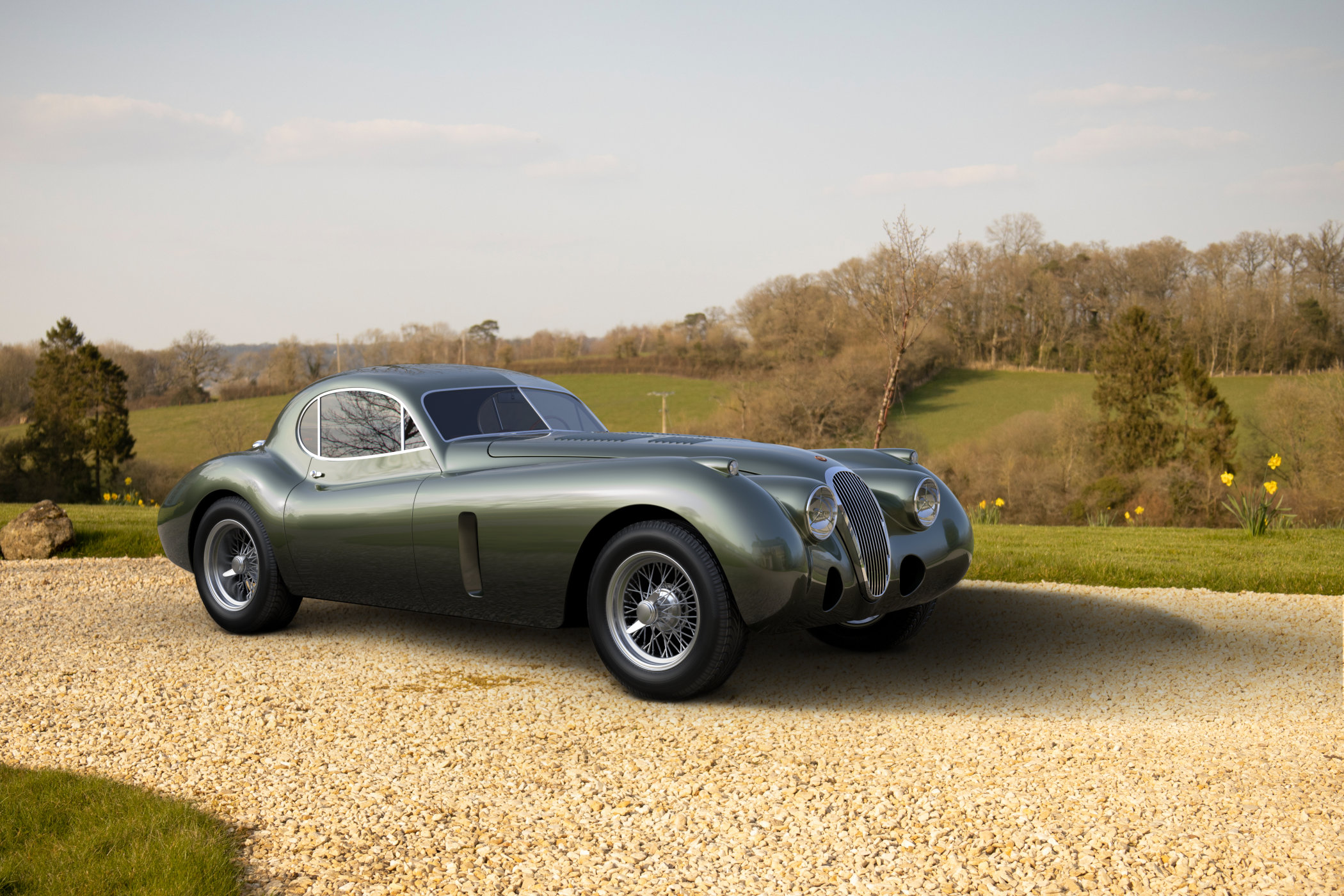
The post-WWII boom in the car industry has been the driving force behind some of the most famous and gorgeous cars ever made. If you sift through the 1950s alone, you end up with icons like the Austin Mini, Mercedes-Benz 300SL Gullwing, Chevrolet Corvette C1, Citroën DS, BMW 507, Fiat 8-V, the Alfa-Romeo B.A.T. cars… The list goes on and on. One of the sexiest machines from this day and age, and possibly ever made, is the Jaguar XK 120. This legendary car is now part of Thornley Kelham’s arsenal as the full one-stop-shop restoration specialists have unveiled their XK ‘European’ programme.
When it comes to car design, probably the first country people think of is Italy. But in the 1950s and 1960s, the Brits were pretty much on top of the world. Remember that it was Enzo Ferrari, the godfather of Italian sports-car manufacturing, who once said the Jaguar E-Type was the most beautiful car in the world. Quite a statement by such a leading figure noted for creating quite some drop-dead beauties himself.
The Jaguar XK120 started out life just after WWII and was aimed to put Jaguar back on the map as a leading sports and luxury carmaker. It was the first sports car built after the war and the spiritual replacement for the pre-war SS 100, of which production stopped in 1939. The curvaceous two-seater roadster was launched during the London Motor Show of 1948 and designed as a testbed for the XK engine, developed under William Heynes’ supervision (Chief Engineer at the time). The prototype shown to the public was put into production virtually unchanged. During the six years of production, it was available as a roadster, a fixed-head coupé and a drophead coupé (with a fold-down fabric roof).
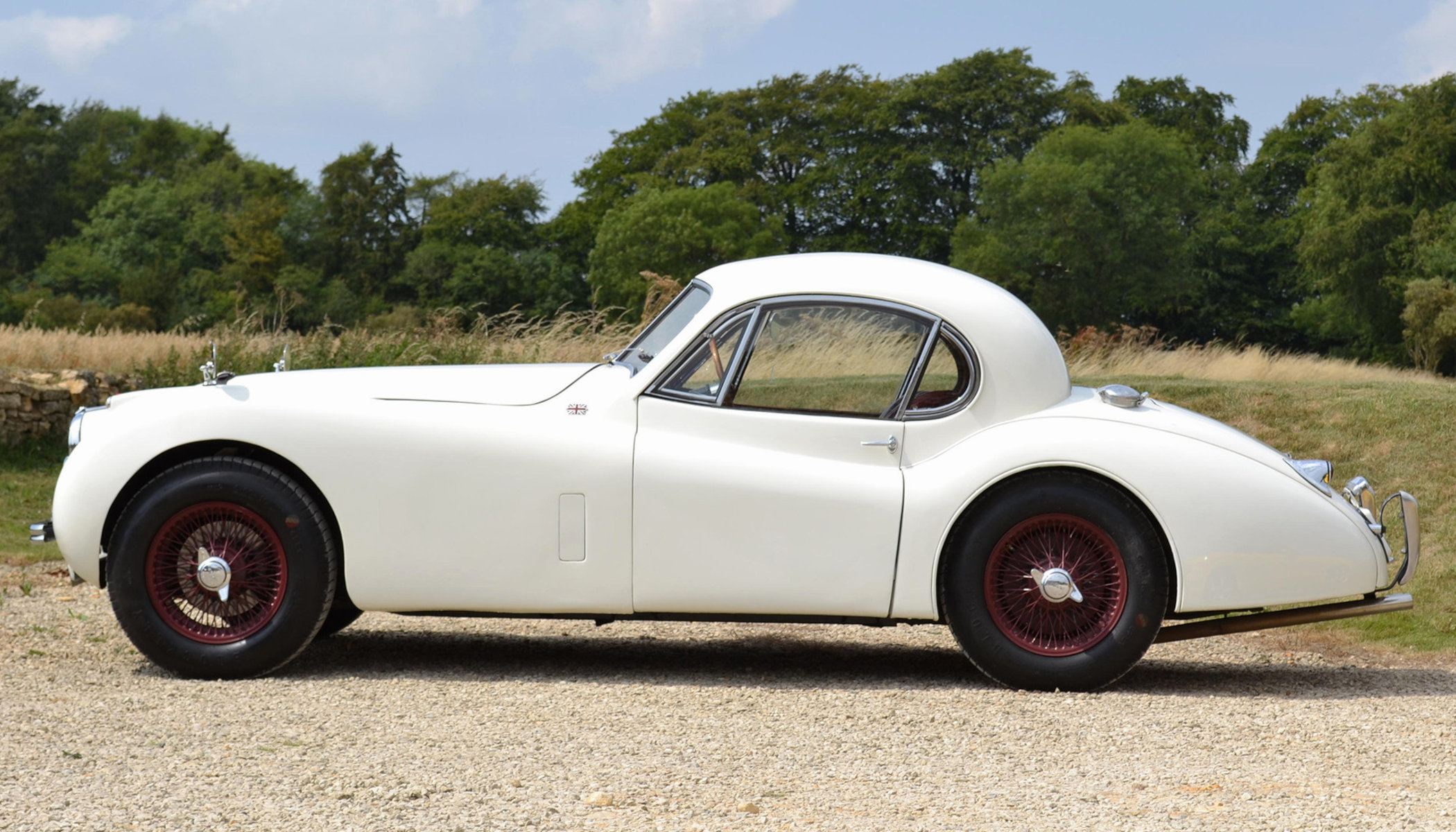
The Jaguar XK 120 was powered by a 3.4-litre straight-six engine, which produced between 160bhp and 220bhp during the car’s lifespan (1948-1954). This propelled the XK120 to a top speed of 120 miles per hour, or 193km/h, making it the world’s fastest production car at the time. It also laid claim to numerous other speed records, including averaging over 100mph over a full week! Top Gear once “raced” it against a Vincent Black Shadow motorbike and a Tornado steam train.
Today the XK120 is a legendary car and one that is highly sought after. And with the ever-popular trend of Restomodding automotive icons (Alfa Romeo Junior, Lancia 037, BMW E30 M3, the Mini, etc.), British specialists Thornely Kelham have now presented their take on the XK120, with the XK ‘European’. And it’s not just some hodge-podge job they did to make headlines. Oh no, this is a properly impressive piece of engineering by a company who are fully equipped and extremely experienced in the classic rest. Just check out the video of one of their previous projects, the Lancia Aurelia Outlaw B20GT, and you know Thornley Kelham really knows what it’s doing.
The Aurelia B20GT you’ve undoubtedly just drooled over is also part of Thornley Kelham’s ‘European’ programme. This is aimed to provide a reinterpretation of some of the world’s most iconic classics, yet with the utmost respect to the original car. Next to the Aurelia, and now the XK120, a Porsche 356 and 911 are also in the works. These projects always revolve around the design, details and driving experience of the car.
The Thornley Kelham XK European starts with a derelict donor Jag, a car that is unfit to be on the road but is still somewhat salvageable. The European Programme allows customers to build the version they would like to see, with an all-alloy lightweight body that has been slightly redesigned. The man responsible for the “nip-and-tuck” redesign is Paul Howse, who penned the McLaren P1 and 720S. When configuring your XK European, you can choose from a whole range of performance, comfort and safety upgrades as well.
The overall profile of the XK European looks a bit more modern, a bit more rounded (which sounds strange saying about the already curvaceous XK120). Yet to me, it loses almost nothing of its appeal, as it closely matches the incredible shape of the original. The first car built is a fixed-head coupe which had its roofline lowered for a more aerodynamic and elegant shape. The original fixed-head coupé always had a bit of a bubble-top look to it.
The front and rear arches have been slightly widened and have a more pronounced profile to them. Filling the wheel wells are period-inspired wire-spoke wheels but with a bit more width. The chrome bumpers have been deleted, and the long bonnet now has a subtle crease down the centre spine to match the split in the front window and washes out in the roof. The bonnet also has hand-cut louvres and redesigned vents for better cooling. The final touch is a more swooping tail section, which now has more of a teardrop shape.
Underneath that long, swooping bonnet (or hood, if you will) is a re-engineered version of the 3.4 litres straight-six XK engine. It’s enlarged to 3.8 litres and now produces anywhere between 300 and 340bhp, quite a jump over the original output (160bhp to 220bhp). This will surely make for an exhilarating drive, but it’s nice to know the suspension and brakes are updated as well, to cope with the increase in performance.
The interior has also been completely redone, with electronic windows and gauges, a discreet roll cage and more. It’s all clad in Connely leather, the same leather used in Rolls Royce’s and Bentley’s. The options also include modern amenities like air-conditioning, Bluetooth connectivity and in-car entertainment. If I were in the market for such a machine though, I would keep it as minimalistic as possible. Who needs in-car entertainment when you’re driving a car as sexy as this, with an engine that probably sounds like an absolute dream?
All in all, there’s an incredible amount of detail that goes into such builds. The Thornley Kelham XK European takes 5,000 hours to build, which can easily jump up depending on the selected upgrades. The paint job alone takes around 800 hours to perfect. That’s prepping the bodywork, putting primer on, sanding it down, putting paint on, cutting and buffing it, putting clearcoat on, etc.
As you by now have learned, projects like these are expensive. Very expensive. A couple of years ago, a rare example of a left-hand drive alloy-bodied roadster was auctioned at just under USD 400,000, which was the highest price ever paid for an XK120. And if you’re willing to do some work, you can get one for a lot less than that at the moment! Yet, given the extent of the work Thornely Kelham has put into their XK European, the starting price of GBP 550,000 doesn’t surprise me. Neither does the claim numbers will be strictly limited. Oh, and don’t forget to bring your donor car!
I’m sure people reading this will be disappointed by the fact a Jaguar XK120 is turned into something like this, but when it comes to rescuing a handful of rundown, rusted-out classic cars, I’m all for it. This way we get to see these gorgeous machines back on the road and hopefully used by their owners and seen by enthusiasts for years to come. If it weren’t for projects like this, at least a number of these cars would still be rusting away in some barn, garage or even worse, a field!
For more information, please visit ThornleyKelham.com.
Editorial Note: The images of the silver 1952 Jaguar XK120 Roadster are sourced from RealArtOnWheels.com and the image of the cream-white 1951 Jaguar XK120 Fixed Head Coupe is sourced from CarPixel.com. We hold no credits to these three images.

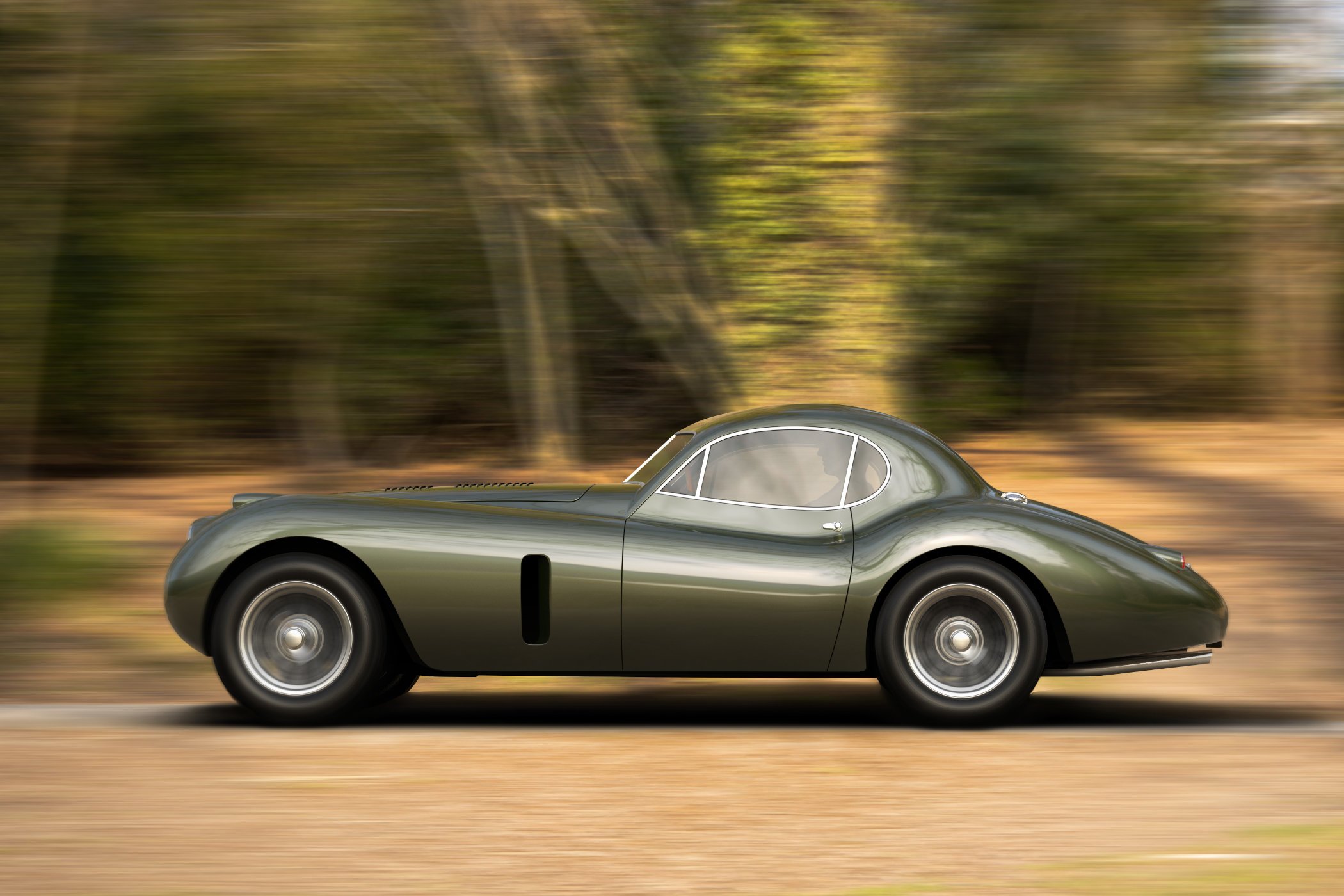

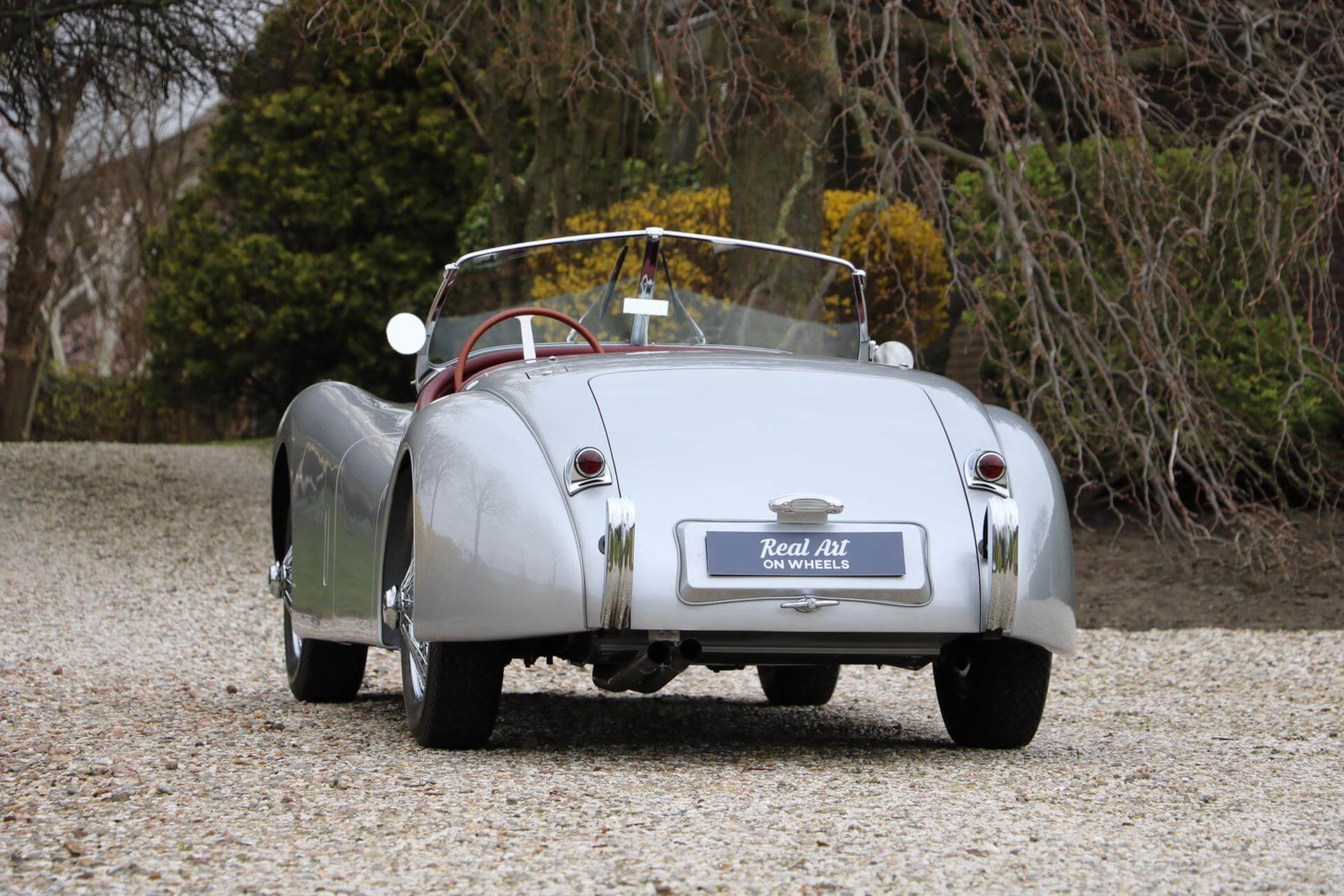
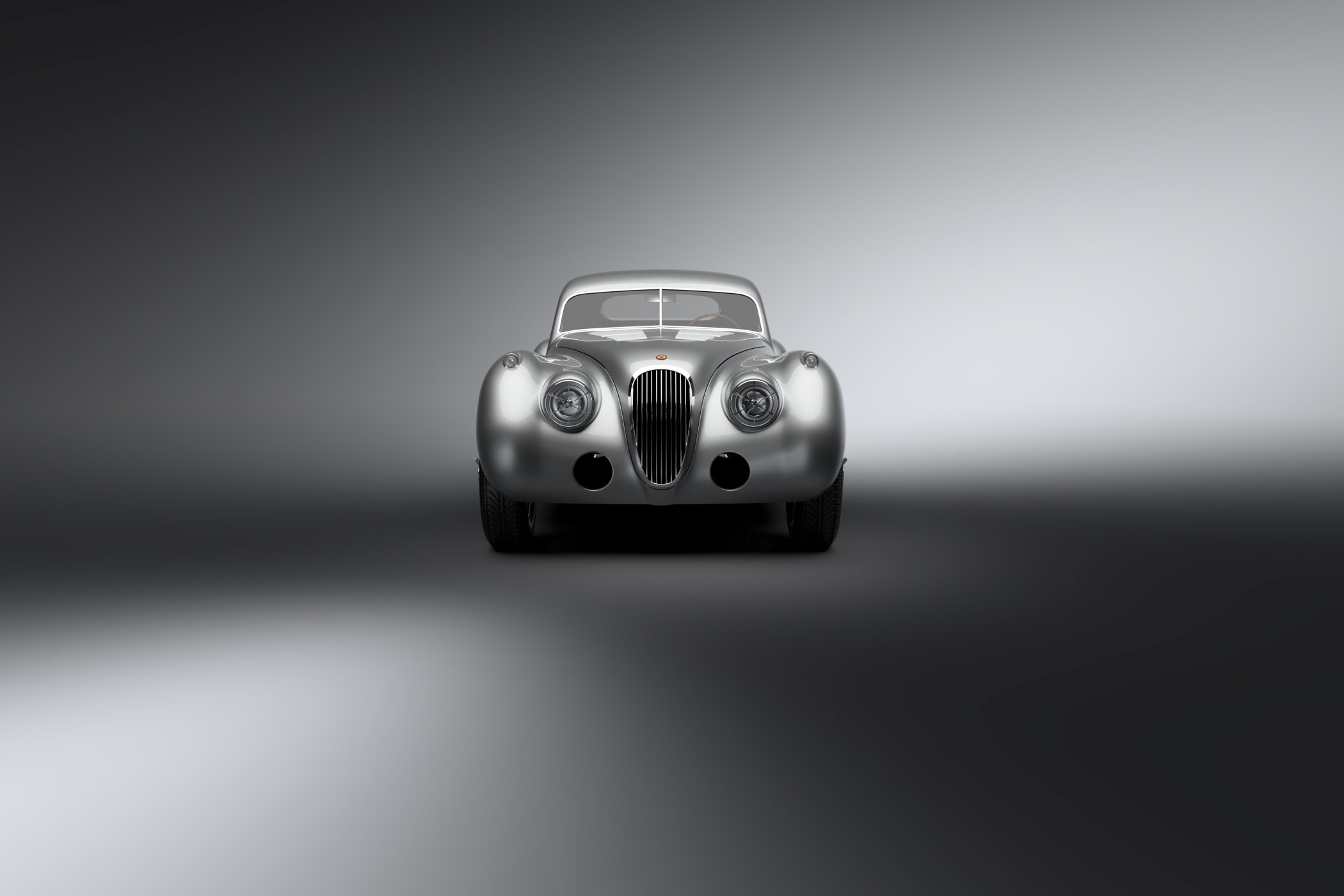
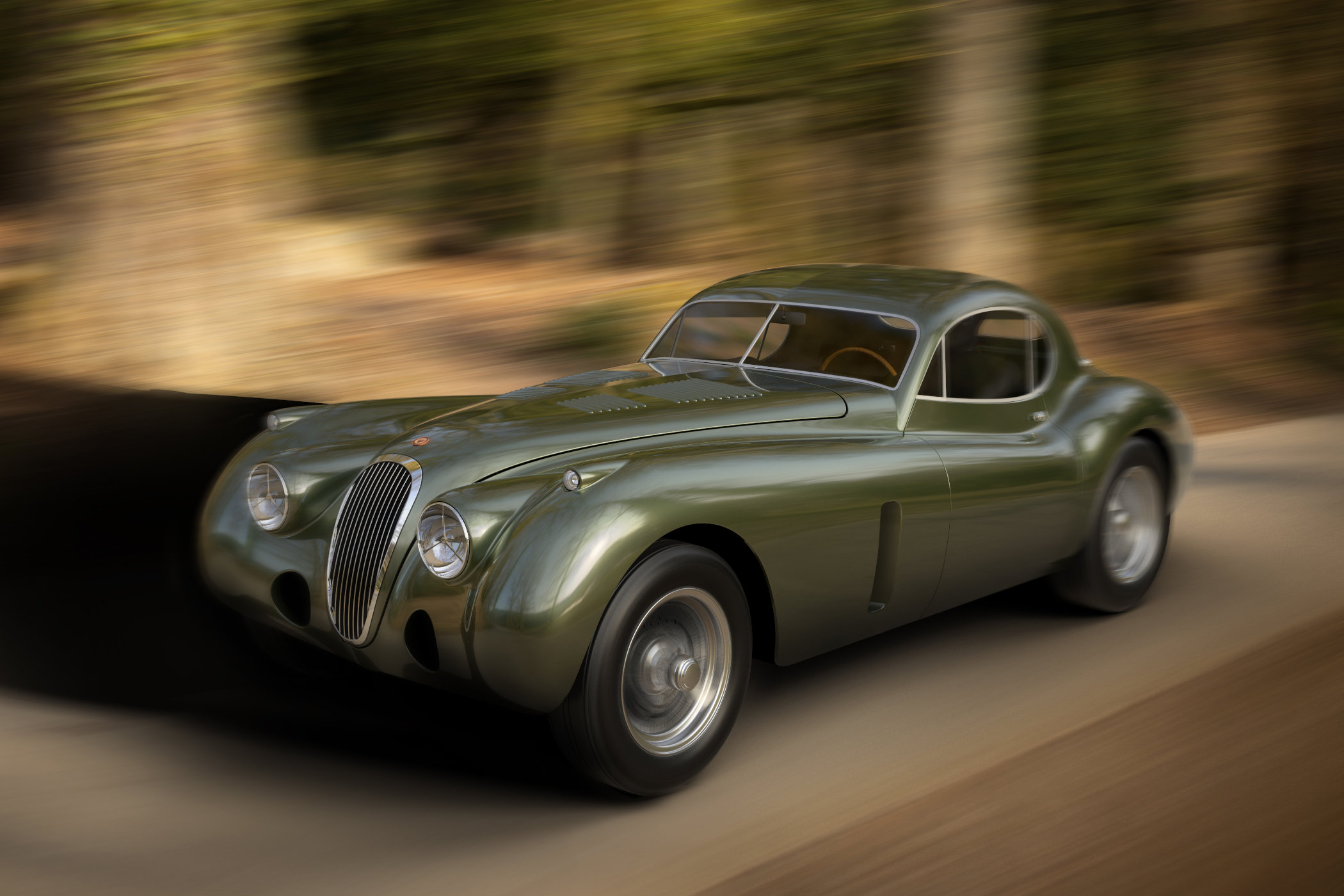
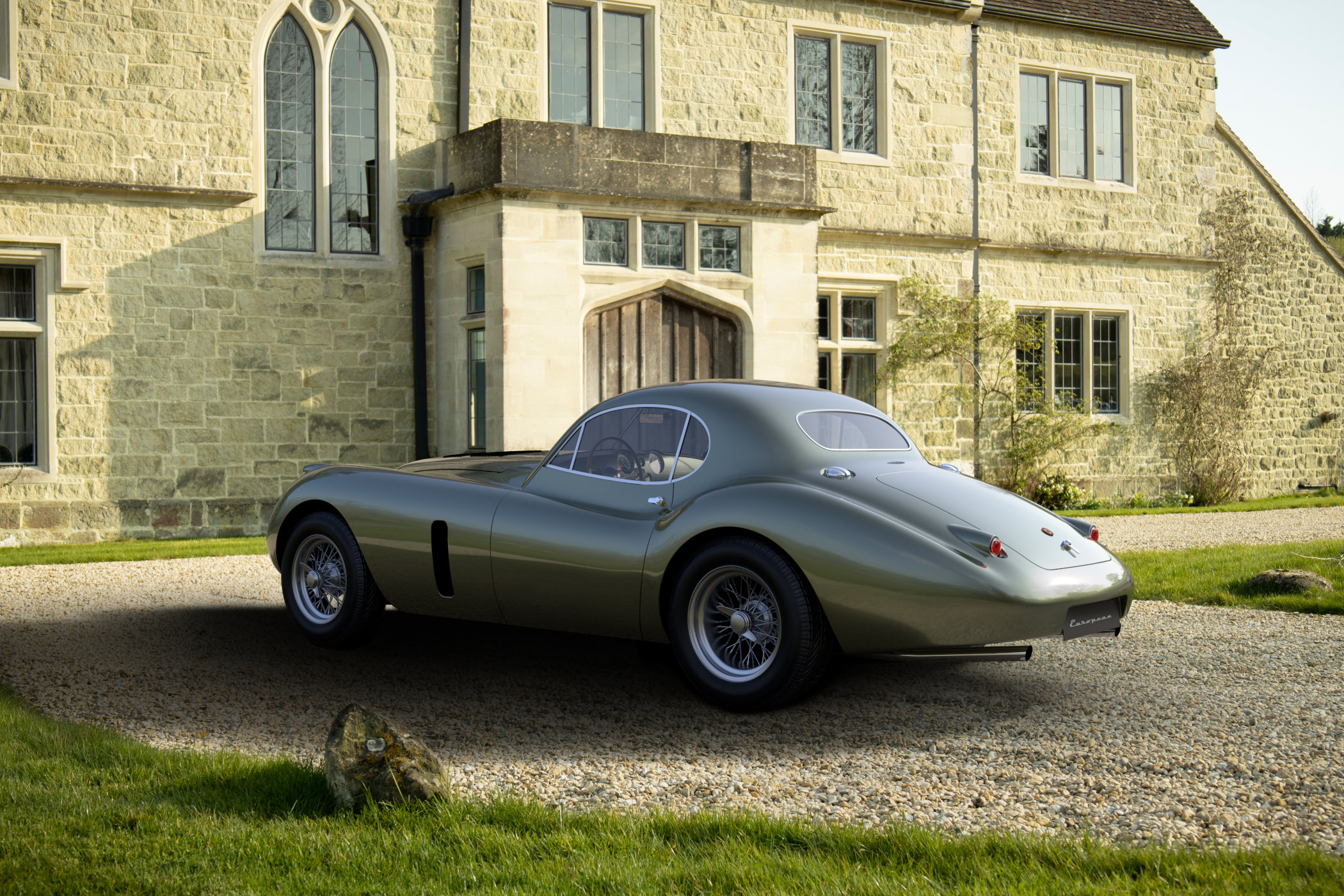
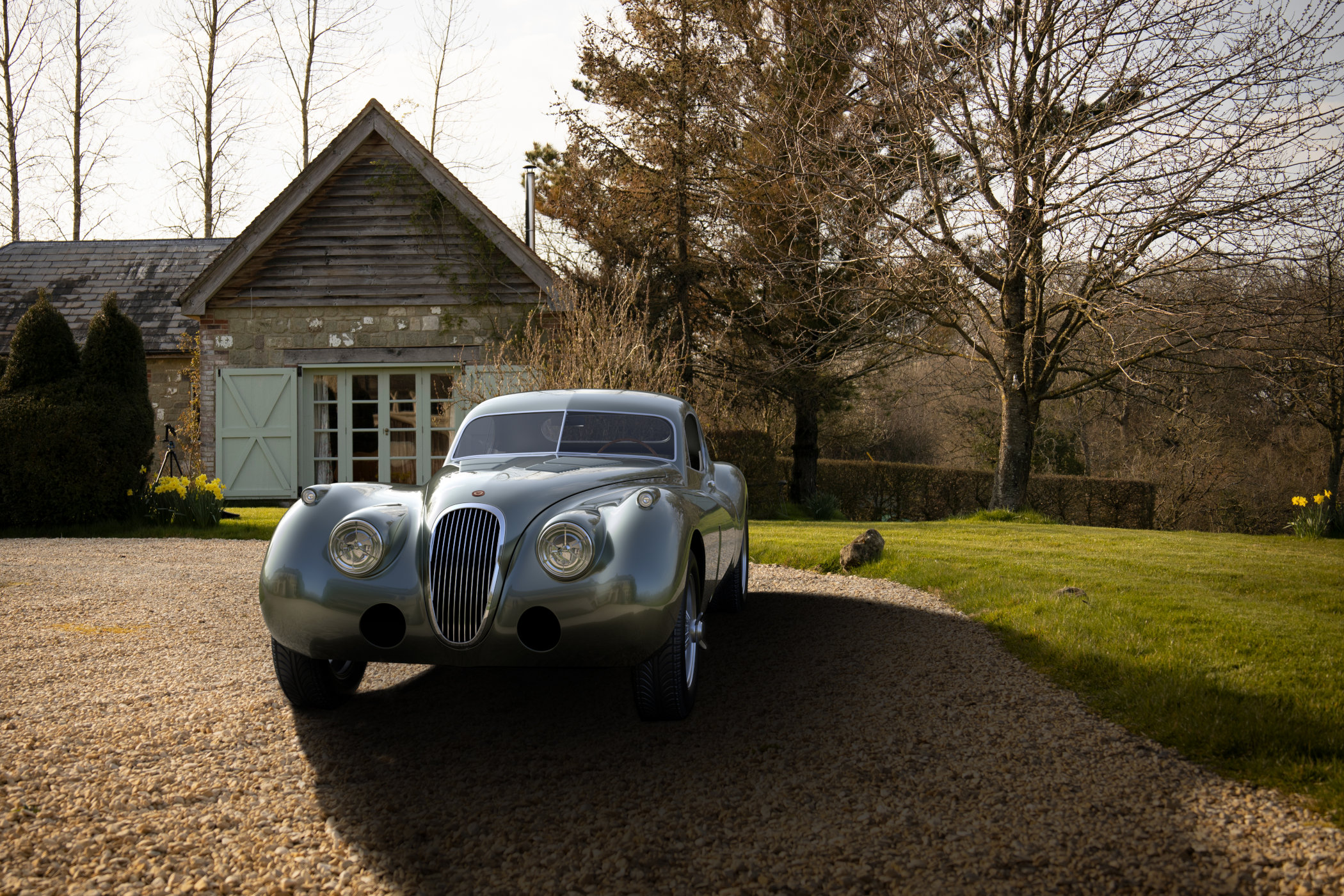
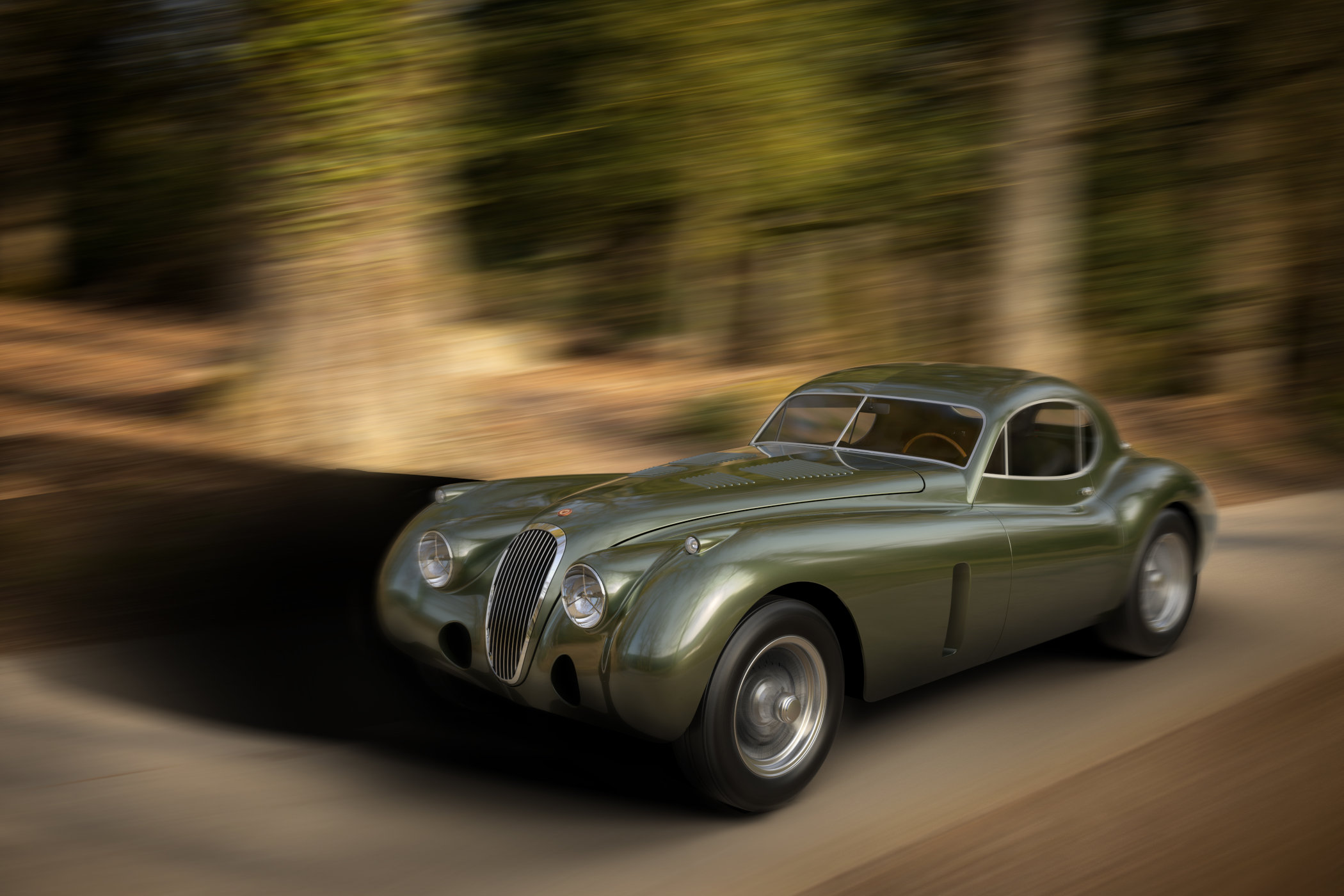
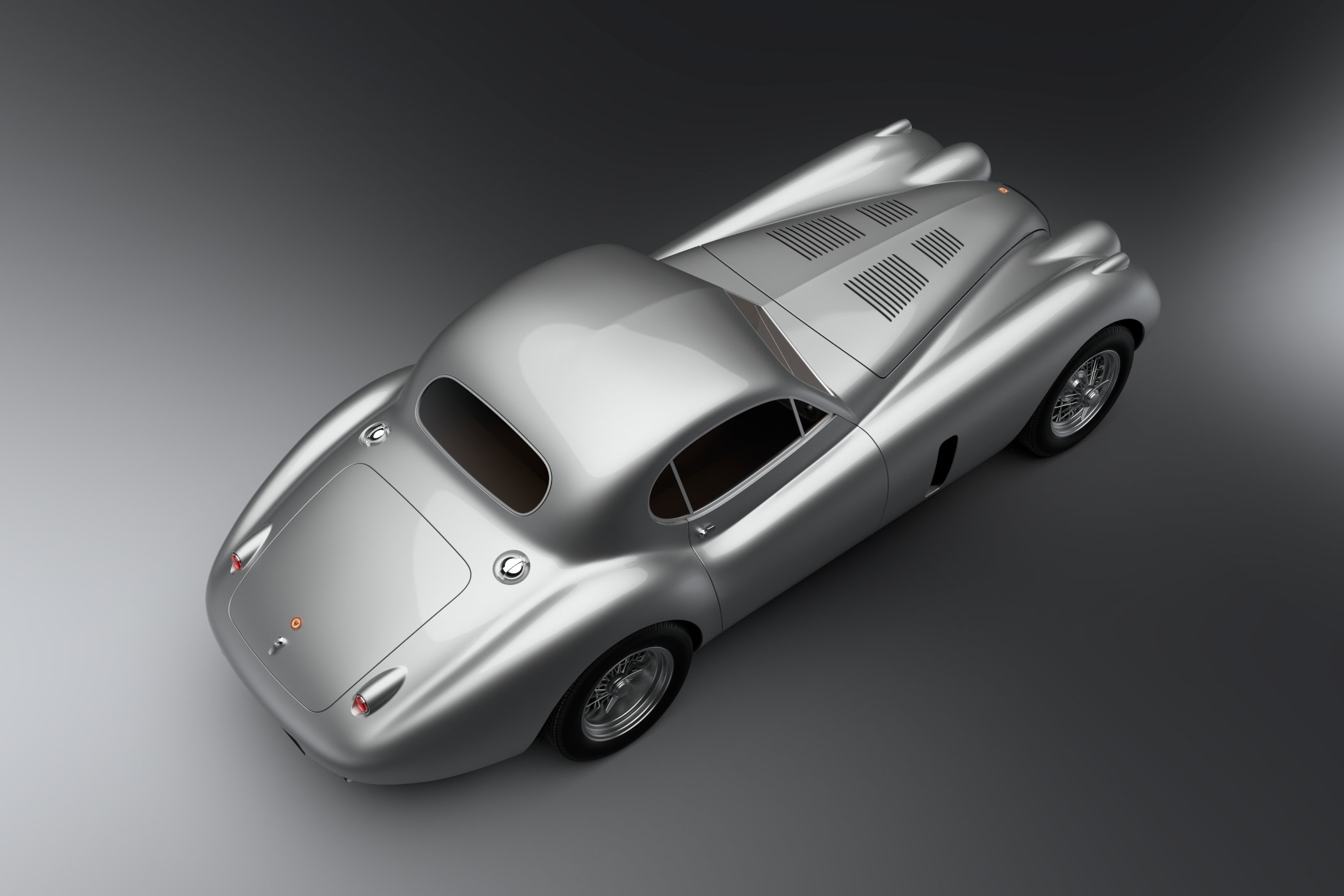
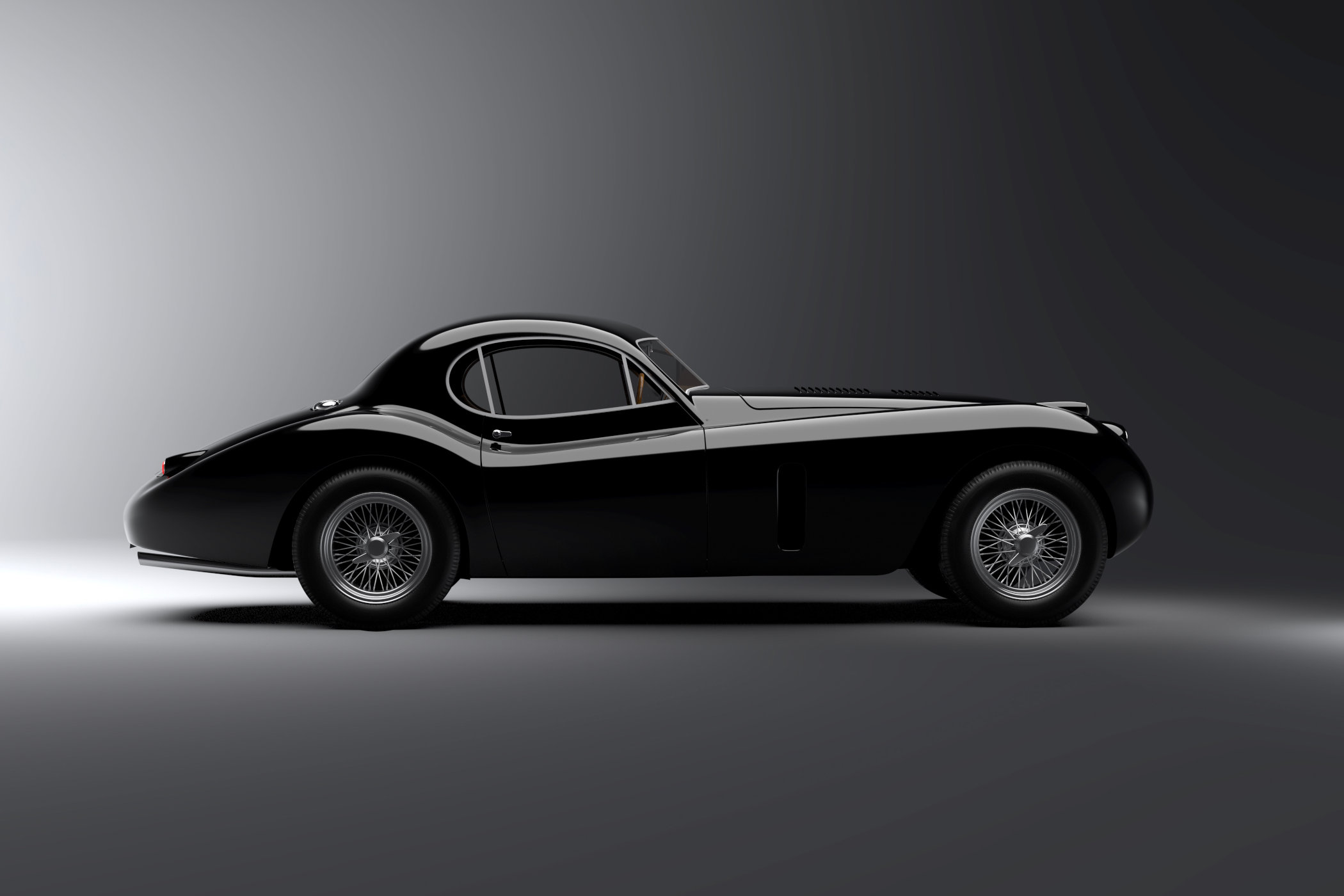
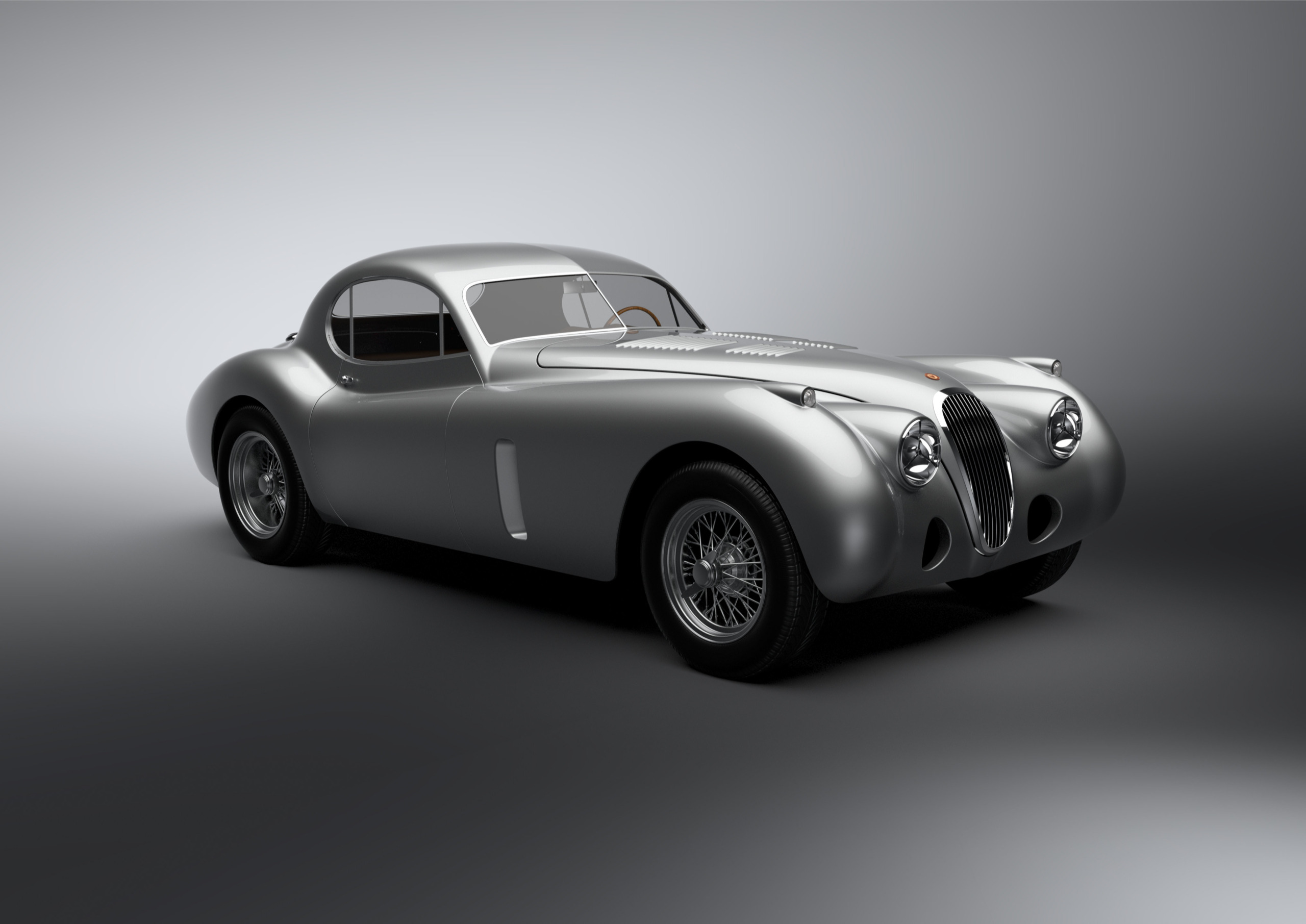
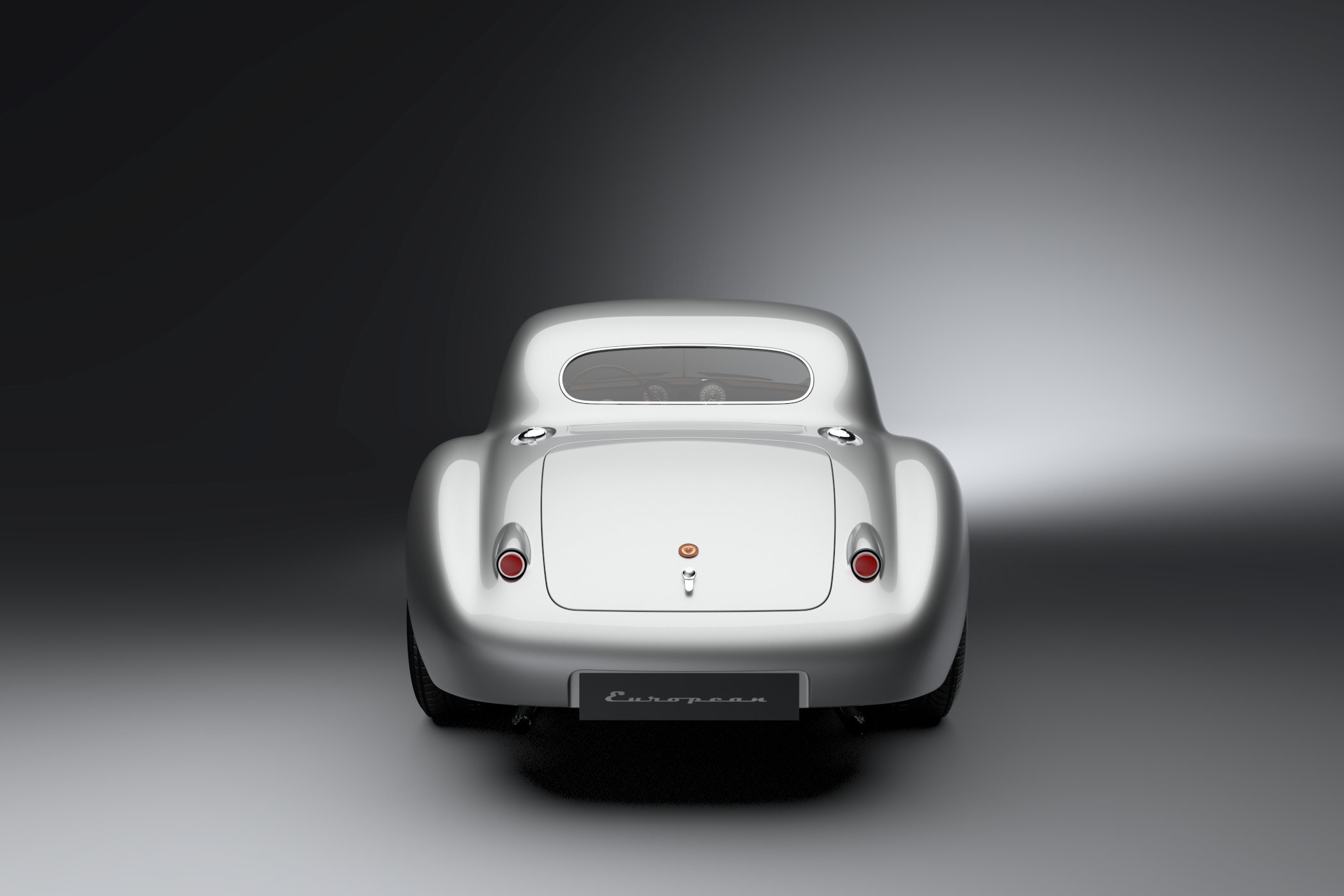
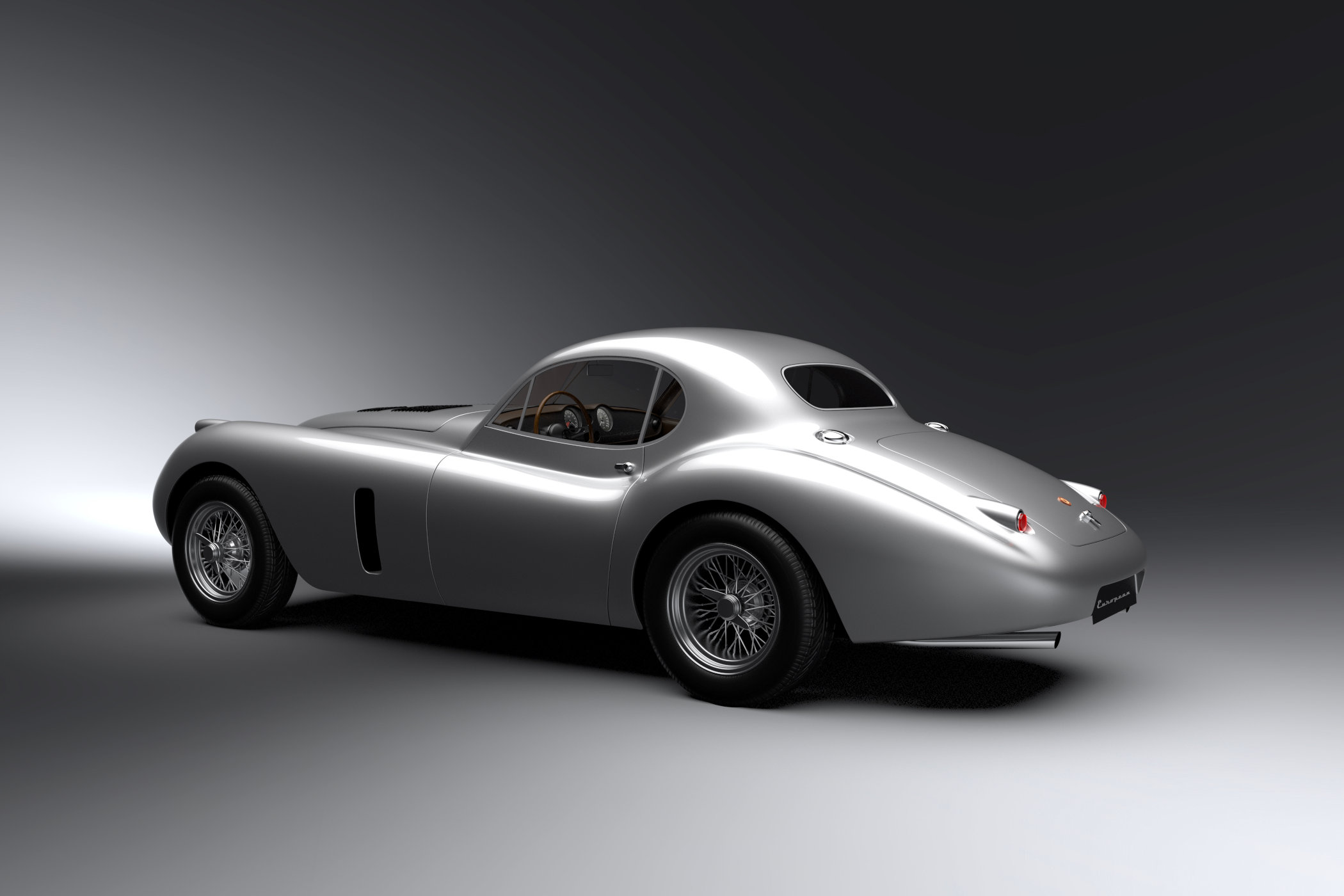




4 responses
That’s stunning.
The only thing to add would be thin but strong bumpers front and rear so I could park it somwhere and not worry about an imbecile parallel parking or whatever. A masterpiece like this is useless without being able to enjoy it in the real world. The show world is gone, it is now a real world dream car to drive. That’s reality.
For me, an eighty year-old who, as a boy, worshipped an XK120 OTS in my street, this extraordinary cay leaves me with mixed emotions.
I feel that the inflated contour of the wings overwhelms the bonnet and cabin, but worse, the tail really offends my eye. Ocular messages buzz in my brain, saying “wrong, wrong!” It just is not a comely shape.
I’m bothered, too, by the windscreen. Not so troubling as the gun-turret look of the Lancia’s cabin, the windscreen is a little shallower than necessary, even given the cleverly re-contoured cabin.
A fool and his money …yet its kinda cool ?